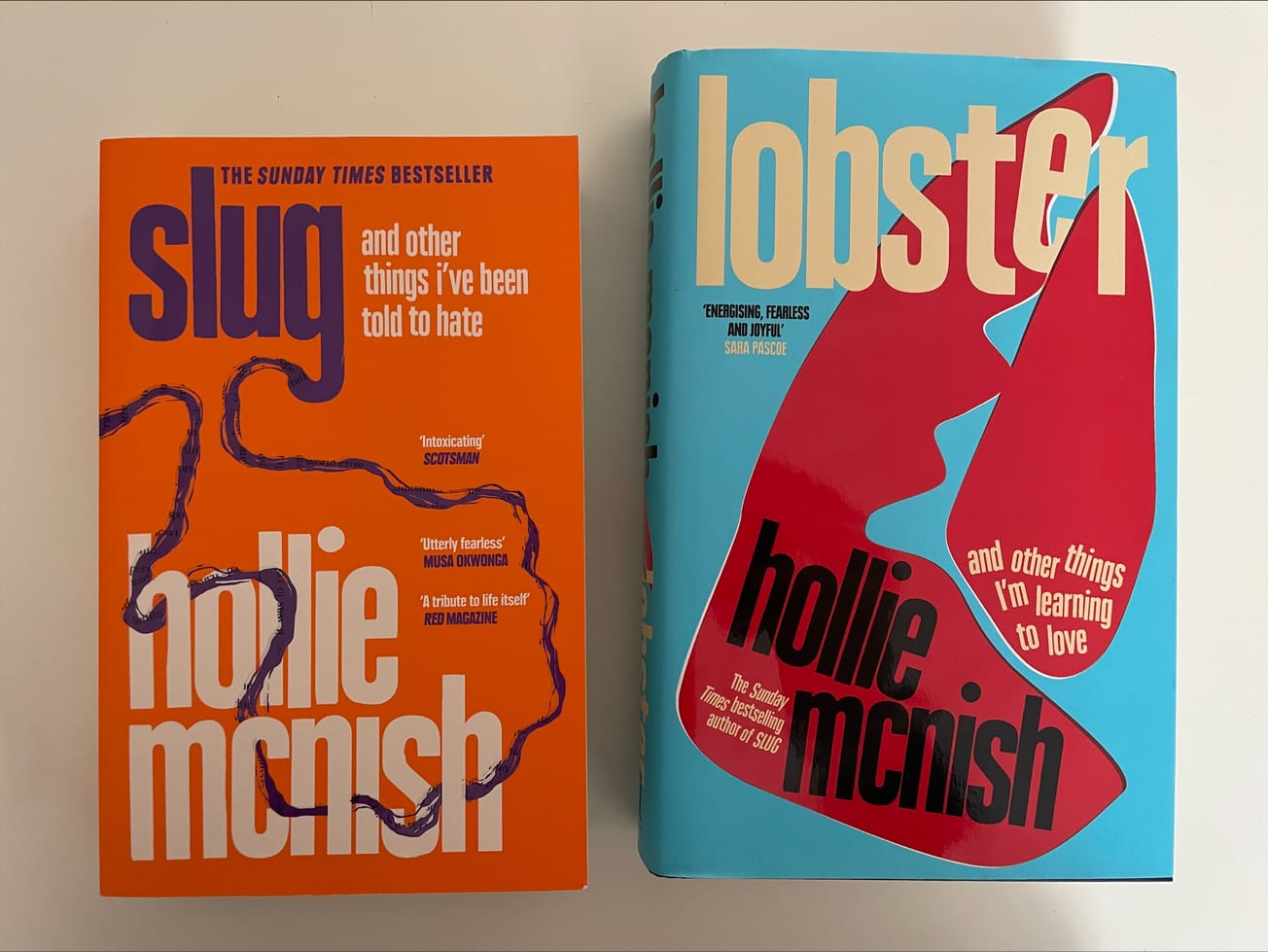By Alina Young, Arts Editor
Alina Young discusses ‘Love is in the Bin’, debating whether the stunt is a joke or a work of performance and conceptual art.
The hammer falls. Banksy’s ‘Girl with Balloon’ is sold to an anonymous bidder, who will pay in excess of £1 million – more than quadruple the estimated price – for the stencil print. It’s the final lot of Sotheby’s esteemed Contemporary Art Evening sale, and the heavyweights of the art market are shifting to leave. A soft alarm sounds. A buzz is heard. ‘Girl with Balloon’ drops through its frame, and shreds itself.
You’d be hard pressed to write a more perfect story into art history: high drama, big money, absurd events, and best of all a two-fingers up to the establishment. So characteristically Banksy, the stunt encapsulates the flavour of his political humour in its boldness, wry taste and sharp perception. It combines, like much of his work, a striking, simple visual with a punchy message. And the messages he deals are intended to be understood by the masses, not just snobbish critics or savvy dealers. How deliciously simple this one is: ‘Going, going, gone.’ Watch the money rip.
"You’d be hard pressed to write a more perfect story into art history"
The dazzling confusion of the event prompted a myriad of questions from the media. What shredded it? Would the buyer go through with the sale? How did Sotheby’s security not pick up on it? Was Sotheby’s even in on the stunt? And, above all, was the work now worth less, or more?
This is the queue snaking up the street waiting to get into Sotheby’s to see the Banksy shredded canvas pic.twitter.com/GABpyDWdkQ
— Will Gompertz (@WillGompertzBBC) October 14, 2018
The first question was answered within 24 hours, on the 6th October, by Banksy himself. He posted an Instagram video revealing how he embedded a shredder into the frame of the 2006 work. It was revealed by Sotheby’s that Banksy had stressed the frame was a crucial part of ‘Girl with Balloon’- naturally, they obliged the artist and publicised the frame prior to the sale as ‘an integral element of the artwork chosen by Banksy himself.’
"how deliciously simple this one is: ‘Going, going, gone.’ Watch the money rip"
The video captions how he created the shredder ‘in case it was ever put up for auction.’ It’s a provocative statement against the private sale of art: fundamentally, even if you believe in the legitimacy of financially valuing art works, owning art is mostly limited to the elite. Private ownership, by definition, takes the work away from the public.
It’s not hard to see Banksy’s moral opposition. After all, he’s a street artist – the essence of his medium encourages mass engagement, and charges nothing. It’s an art form so public that it relies on no institution whatsoever. You don’t have to be an art lover who devotedly treks to galleries to appreciate his work as it’s on your way to the office, it’s opposite the bus stop.
"the essence of his medium encourages mass engagement, and charges nothing"
Despite Banksy's principled motivations, it’s undeniable that there are many benefits of auction sales for contemporary artists. Reaching a new record sale price for an artist, as this one did for Banksy, helps grow their reputation and allows them greater financial security when producing future works. Their work is granted a stage: it’s exhibited before the show, and while it may not be in the permanent collection of a gallery, it now has definitive provenance which allows galleries to request to exhibit it. Even for those artists who don’t care for the art market, perhaps on a personal level they are glad that someone loves and believes in their work enough that they are willing to delve deep into their wallets for it.
It's your last chance to see Banksy’s newly titled ‘Love is in the Bin’, on view in our London galleries today from noon until 5pm. Final entry is at 4.40pm #LoveIsInTheBin #Banksy pic.twitter.com/SsFlJV51oJ
— Sotheby's (@Sothebys) October 14, 2018
There’s a dark, brilliant irony to this infamous act of destruction. It’s now supposedly worth nothing as ‘Girl with Balloon’ – it has been shredded, torn into rubbish. But of course, that’s not the case at all, and Banksy knows it. In trying to provoke the art market, he fanned the media storm. He created a viral story, and now the work is not only famous as a cult image but as an important artistic and cultural moment.
"there’s a dark, brilliant irony to this infamous act of destruction"
After the sale, two crucial announcements were made. The first, that the anonymous European woman who bought the work will go through with the sale, at the full price of £1,042,00. She recognised it as an opportunity to ‘end up with my own piece of art history.’ Can you own art history? Apparently so. She owns more now than she bid for, and Sotheby’s has escaped a potentially tricky situation which has never been heard of before.
The second critical moment came when ‘Girl with Balloon’ was authenticated by Pest Control, Banksy’s authentication body, as a new work: ‘Love is in the Bin’. Now, Sotheby’s can rightly claim that it is ‘the first artwork in history to have been created live during an auction’, as Alex Branczik, Sotheby’s Head of Contemporary Art, Europe, commented.
"in trying to provoke the art market, he fanned the media storm"
Sotheby’s exhibited the newly born ‘Love is in the Bin’ specially across the weekend 13-14th October, with a shiny new title and hordes of visitors whose queue spilled out onto the street. Try the hashtag #loveisinthebin on Instagram, and you’ll be met by hundreds of photos showing people posing with it and encircling it with a wall of iPhones.
Banksy ? pic.twitter.com/KjbL86PCri
— Fuminshō_no (@Fuminsho_no) October 16, 2018
If the auction is a stage, Banksy made full use of it. You don’t have to like him to see his brand as a master of anti-establishment jokes has grown, and reputation is the best currency a contemporary artist can trade with. He has undoubtedly benefited from the auction: his name is at the top of the headlines, he has caught the public’s attention anew, and his work will be valued higher – whether he’s morally against it or not – next time the auction comes around. How much higher is left to be seen, but it’s certain that the stunt has left a healthy monetary legacy.
"if the auction is a stage, Banksy made full use of it"
Considering this, the public is left questioning: was it a sincere protest or a genius PR stunt? Most likely, it’s somewhere in-between, and perhaps it doesn’t even matter. You only need to look at the comment thread for Banksy’s video to see the stunt has been characteristically controversial, leaving some delighted and others believing the destruction was a shame.
‘Girl with Balloon’ was voted in 2017 as the nation’s favourite artwork, beating off the likes of Turner, Constable, Gormley, Hockney and Moore. It’s an image that teeters ambiguously between hope and heartbreak, as a child reaches for the heart-shaped balloon. While it emotionally speaks to the public and is a nationally recognised image, the new work seems to have likewise sparked something in our imagination.
"you only need to look at the comment thread for Banksy’s video to see the stunt has been characteristically controversial"
The year when ‘Girl with Balloon’ went to auction, and was subsequently destroyed, feels oddly apt. In now titling the work ‘Love is in the Bin’, it feels like Banksy is not only tying it to the concept of rubbish, but throwing its feeling of hope into the trash. On 13th October, The Guardian published an article titled ‘Like Banksy’s artwork, the United Kingdom is shredding itself in public’ by Ian Jack, using the work as a metaphor for discussing Brexit. There’s a sense of timeliness, which although unintentional, the public can relate to.
Is that Banksy worth more now that it’s shredded? We asked the experts: https://t.co/7ZjJPpraCi pic.twitter.com/fI1XTJnPDy
— Artsy (@artsy) October 14, 2018
The nation’s favourite artwork may no longer exist, but ‘Love is in the Bin’ is much more valuable. For the questions it provokes and its Dada-like attitude, the BBC’s Arts Editor Will Gompertz commented that ‘it will come to be seen as one of the most significant artworks of the early 21st century’.
"it will come to be seen as one of the most significant artworks of the early 21st century"
What seems to be missing from interpretations of ‘Love is in the Bin’, however, is that the work is not limited to just the shredded painting. ‘Love is in the Bin’ is a joke, a work of performance art, of conceptual art. It’s not the painting exhibited over the weekend at Sotheby’s, it’s our reaction to it. The look on the faces in the auction room, the media frenzy, the Facebook shares, the viral video, the woman still paying over £1 million, the hordes waiting to see rubbish.
The caption Banksy provided for his video, which has 12,553,488 views as of Monday 15th October, quotes Picasso: ‘The urge to destroy is also a creative urge.’ Banksy destroyed so that he could create something which is worth more for its ability to make a statement for art in our time, and to force us to consider within which marketplaces – the auction room, the media – art exists.
"it’s not the painting exhibited over the weekend at Sotheby’s, it’s our reaction to it"
Yet, there’s no need to get philosophical about it. While ‘Love is in the Bin’ (2018) lives up to the complexity behind Banksy’s body of work, it speaks to something beautifully accessible. He’s given us not just a historical moment, but an anecdote about art to discuss over a beer or by your office coffee machine. He proved contemporary art still has the power to surprise.
(Featured image credits: Unsplash / Kelly Sikkema)
What are your thoughts on Banksy's secret shredder? Let us know in the comments below or on social media.









